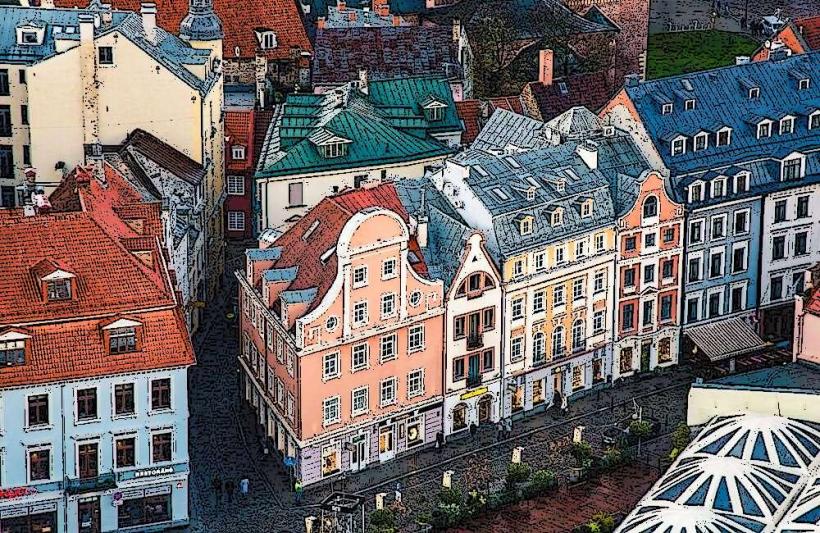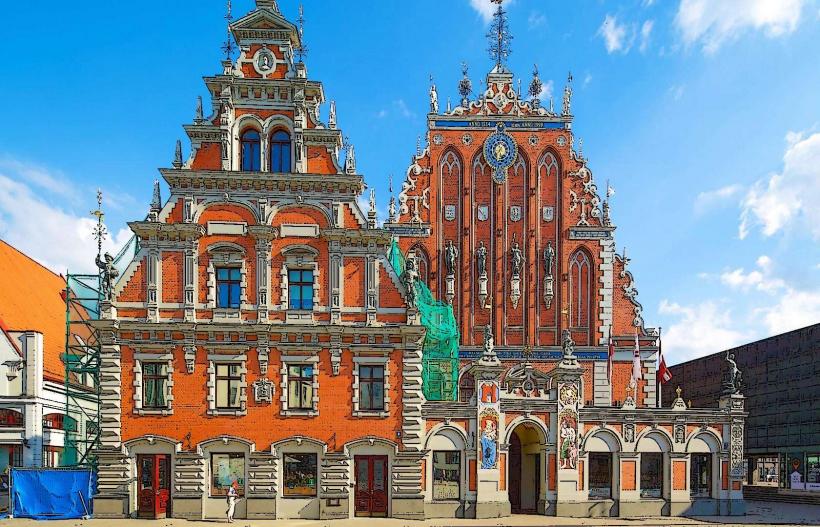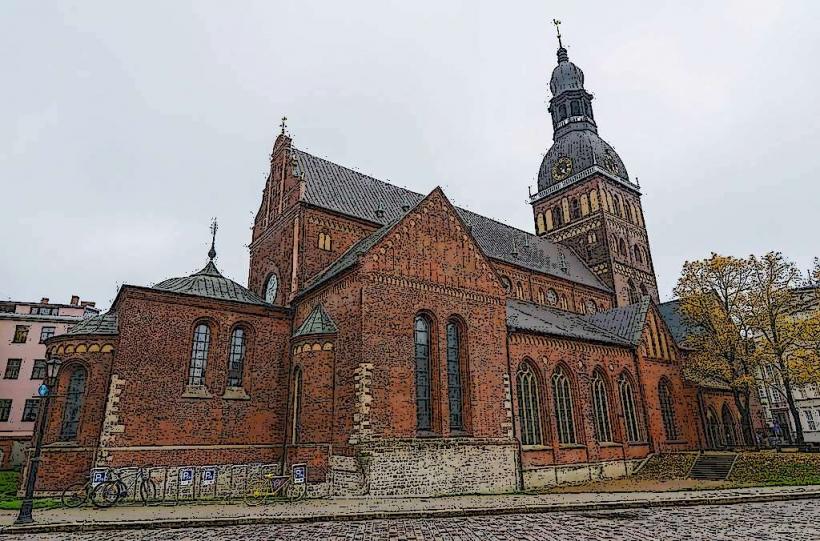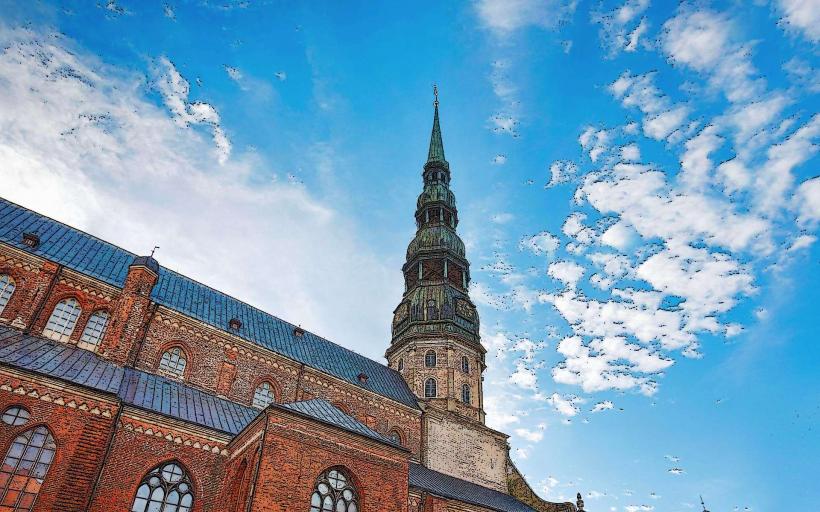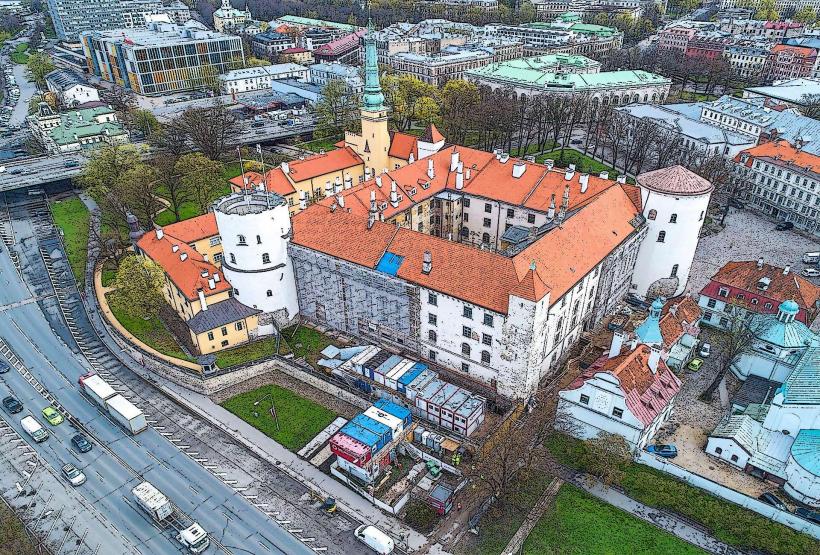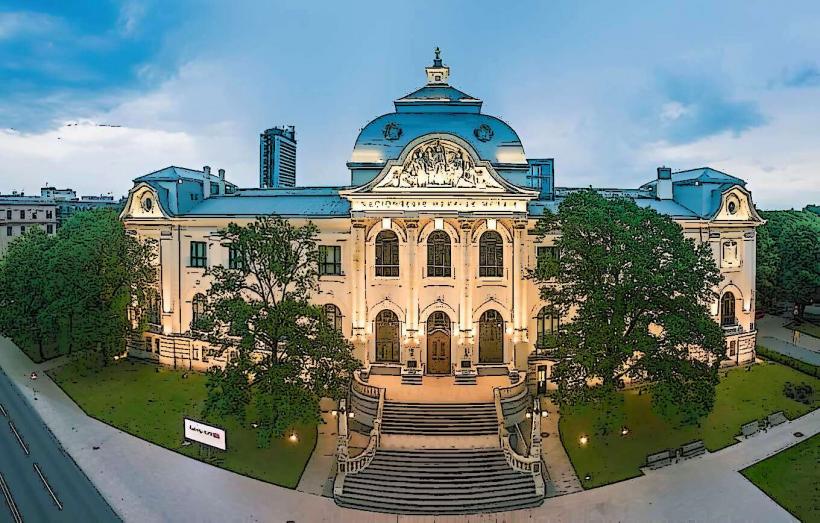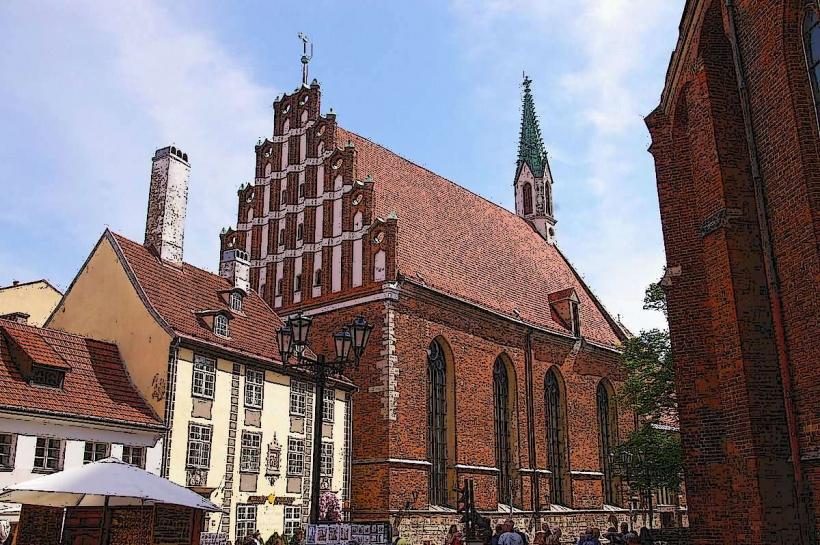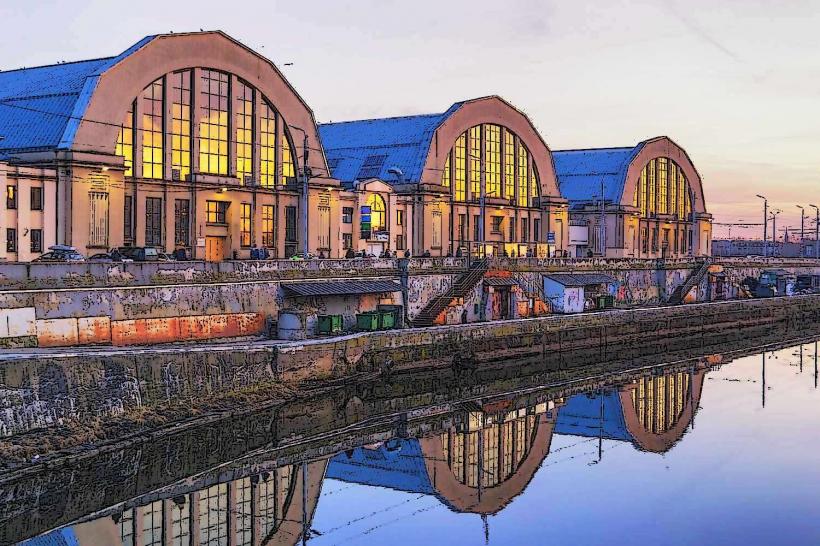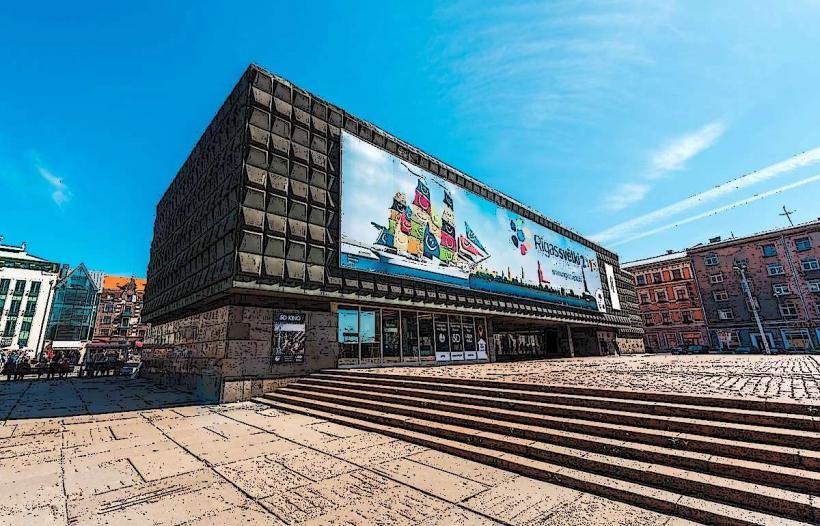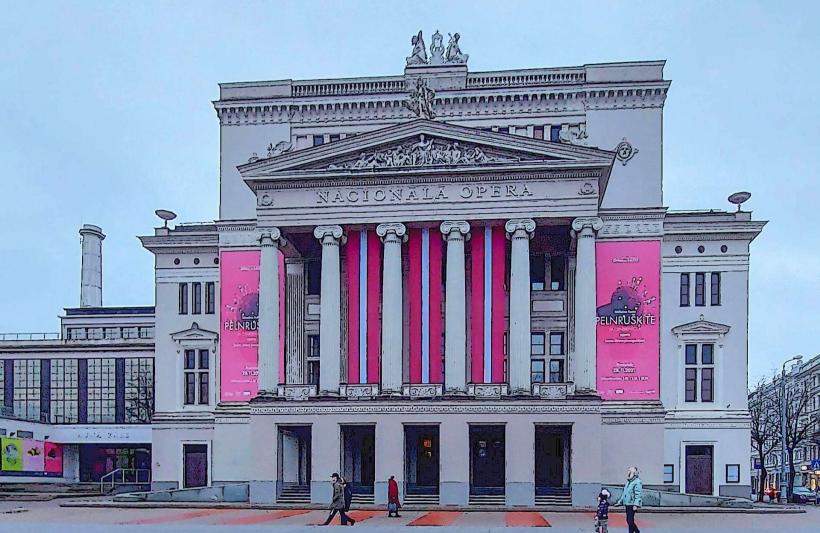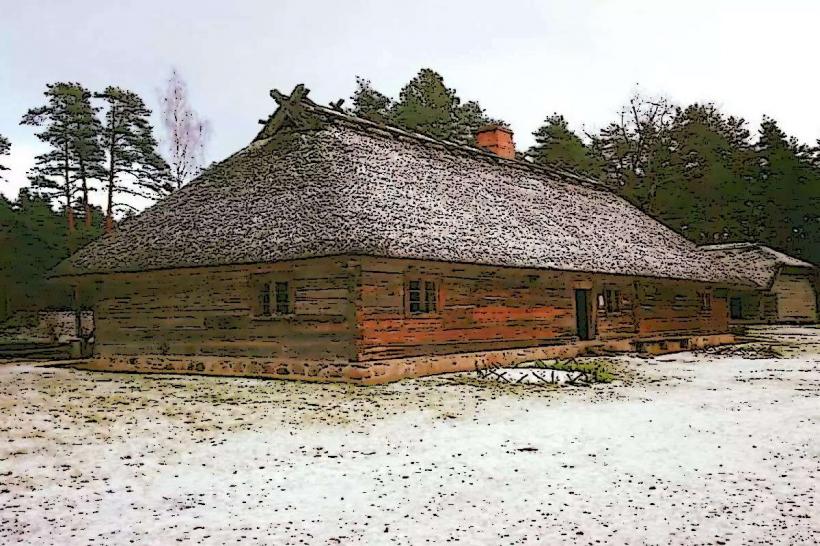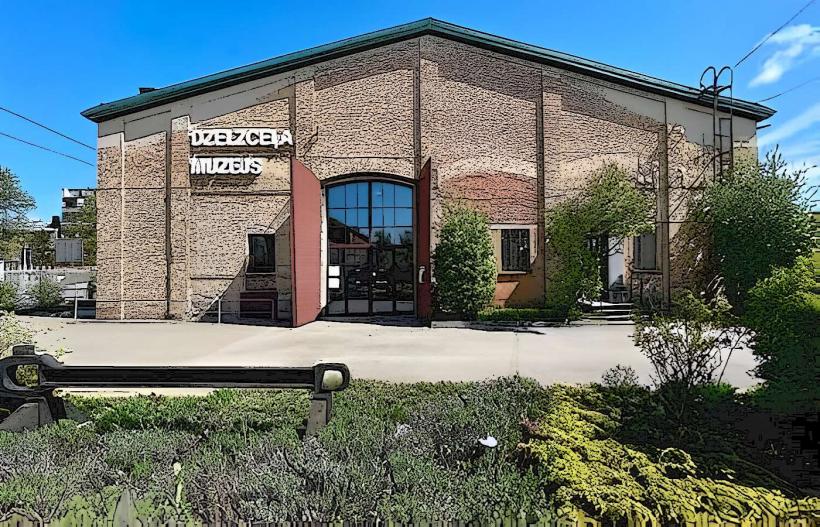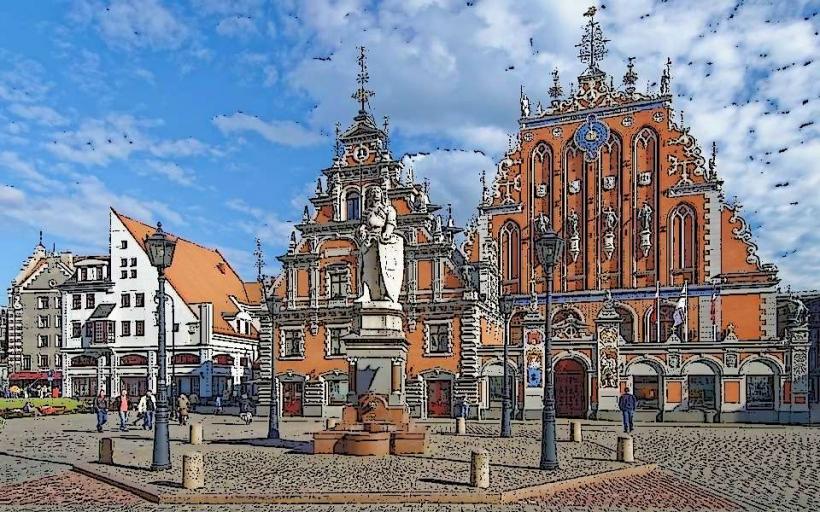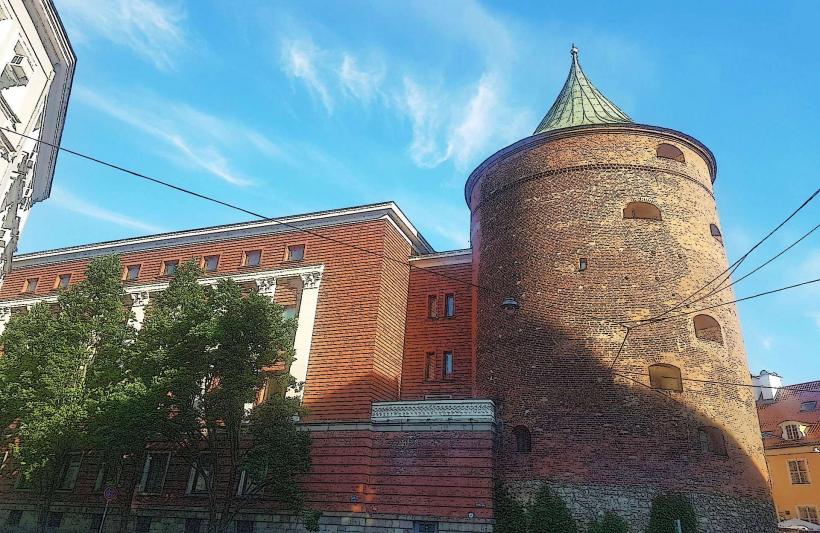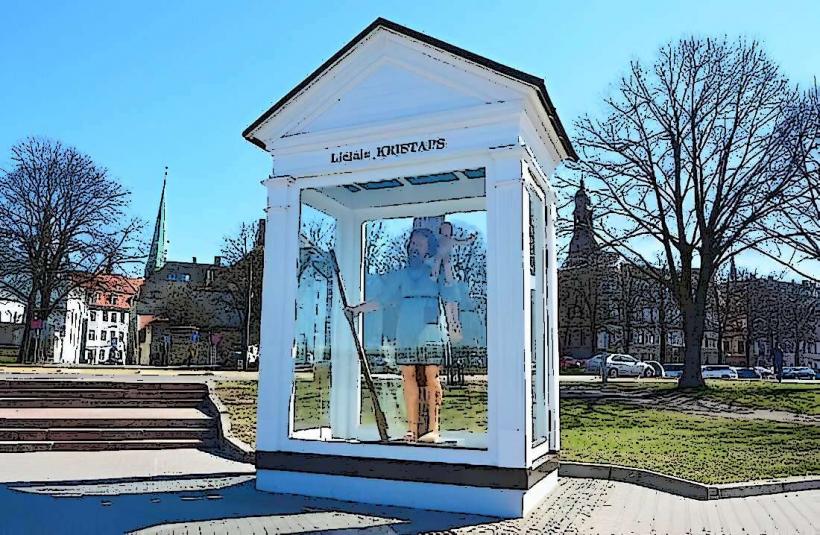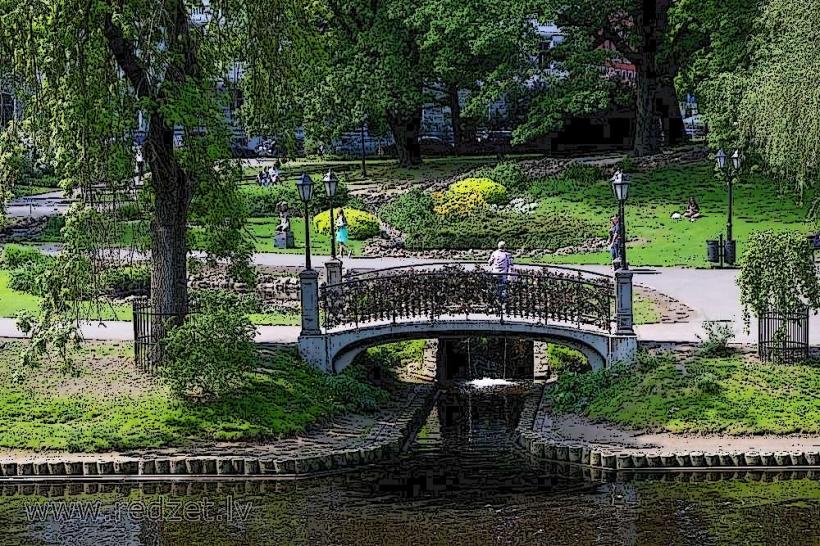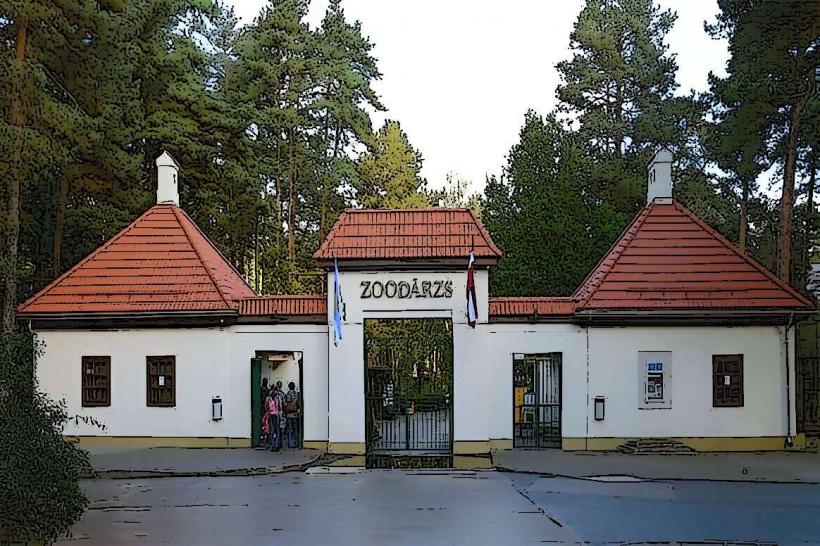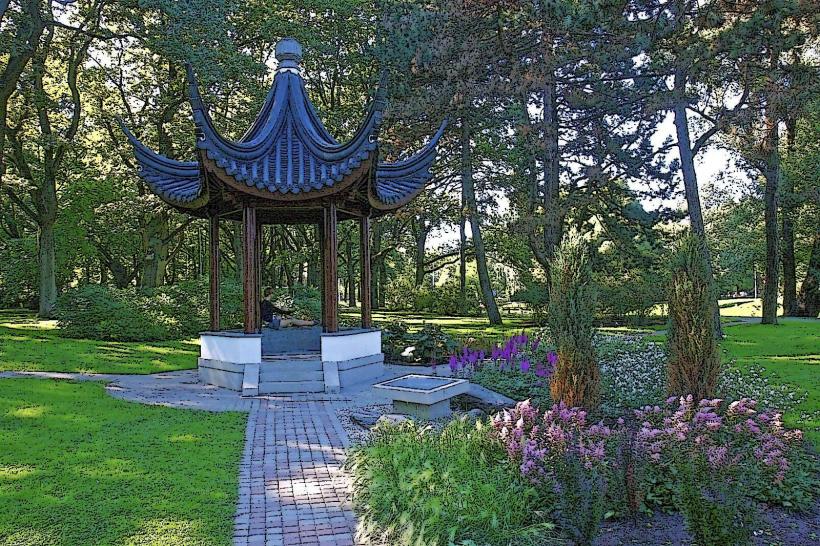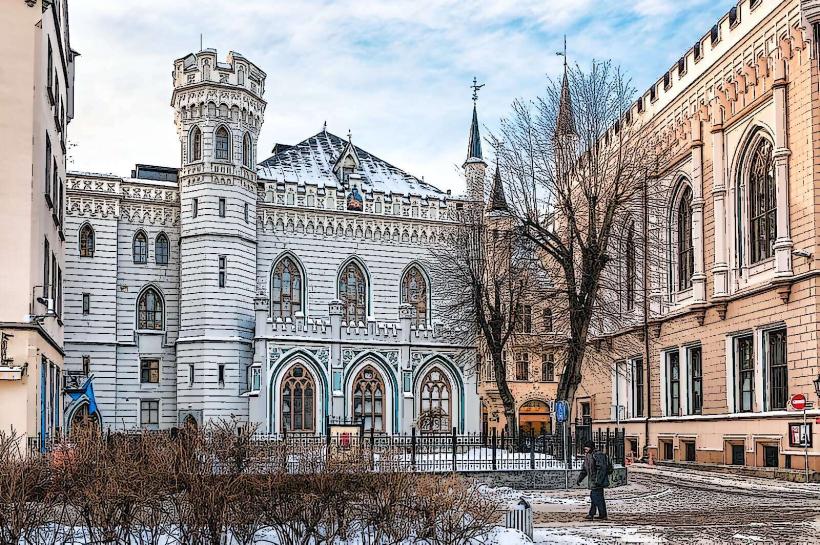Information
Landmark: Great GuildCity: Riga
Country: Latvia
Continent: Europe
The Great Guild (Latvian: Lielā ģilde) is one of the most important historical buildings in Riga, Latvia, and a key landmark in the city’s medieval and cultural history. The Guild was originally built in the 14th century, and it served as a meeting place for the merchants and craftsmen of Riga. Today, it is part of the Latvian National Museum of Music, which highlights its continuing role as a center for culture and heritage.
1. Historical Significance:
A. Origins and Establishment:
- The Great Guild was founded in 1354 as a corporate association for merchants and wealthy citizens of Riga, as well as a gathering place for the city's most influential figures. It was part of the wider tradition of guilds in medieval cities, which were organizations formed by people in the same trade or profession. These guilds played an important role in economic, political, and social life.
- The building itself was constructed to accommodate these gatherings and also to serve as a symbol of the wealth and prestige of Riga’s trading elite. It was a space where the city's leaders met, and guild members would discuss business, hold social events, and administer their internal affairs.
B. Architecture and Style:
- The building was initially designed in the Gothic style, with its construction reflecting the prosperous times in Riga during the medieval period. However, the Great Guild underwent significant modifications and reconstructions over the centuries.
- The structure is known for its imposing facade and ornate design, showcasing medieval architectural features such as pointed arches, vaulted ceilings, and decorative stonework. Over time, elements of the Renaissance and Baroque styles were incorporated, particularly after later renovations.
2. Role in History:
A. Merchant and Craft Guilds:
- As a guildhall, the Great Guild played a central role in the organization of Riga’s commercial life. The guild itself was a key institution for the city's elite merchants and traders, many of whom were involved in the thriving Baltic Sea trade. The Great Guild helped organize economic and social activities, including the setting of trade rules, taxation, and the regulation of prices and goods.
- Guild membership was prestigious and exclusive, and many of the city’s most influential citizens were members. This gave them not only economic power but also political influence, and the guild played a part in shaping the city’s development and governance.
B. Social and Cultural Center:
- In addition to its role as a business hub, the Great Guild also served as a social center. It was a place for banquets, festivals, and entertainment, where members could network, socialize, and celebrate their success.
- The Great Guild was also instrumental in promoting the arts in Riga. Its members supported musicians, artists, and performers, and it was common for cultural events, including concerts and theatrical performances, to be held there.
C. The Decline of the Guild:
- With the passing of centuries and the shifting political landscape of Latvia, the role of the Great Guild in the city's governance and social life began to decline. In the 19th century, as trade and social structures evolved, the guild system became less influential. The building, once central to the city’s elite, fell out of use as a guildhall.
- After the dissolution of the guild system, the building’s role shifted to being a venue for various cultural activities, and eventually, in the 20th century, it was repurposed as the Latvian National Museum of Music.
3. The Great Guild Today:
A. Latvian National Museum of Music:
- Today, the Great Guild houses the Latvian National Museum of Music, which was established in 1923. The museum is dedicated to preserving and showcasing Latvia’s musical heritage, including a vast collection of musical instruments, composers’ manuscripts, and historical materials related to the development of music in Latvia.
- The museum’s collections also feature exhibits on the history of Latvian folk music, classical music, Latvian composers, and musical traditions. The museum regularly hosts concerts, exhibitions, and educational programs for visitors of all ages, making it an important cultural institution in Riga.
B. Architectural Preservation:
- While the interior of the Great Guild was modified to accommodate the museum, the exterior of the building has been preserved to maintain its historical appearance. The Gothic facade and medieval features continue to stand as a testament to the building's long history and its importance in the medieval fabric of Riga.
4. Architectural Features and Design:
A. Exterior:
- The Great Guild is easily recognizable thanks to its large facade, which is a classic example of Gothic architecture, featuring pointed arches, decorative stonework, and intricate detailing around the windows and doors.
- The building is a three-story structure with a steep pitched roof and a series of large windows. The decorative features, including the stone carvings and the sculptural elements on the building, highlight the guild’s wealth and status during the medieval period.
B. Interior:
- The interior of the building has been modified for the museum, but it retains elements of its original design. Some rooms still feature Gothic arches, and visitors can explore the grand ballroom and meeting halls that were once used for guild functions and social gatherings.
- The building’s large spaces and high ceilings provide an atmospheric setting for concerts and exhibitions, linking the museum’s musical collections with the historical context of the guildhall.
5. Conclusion:
The Great Guild is a remarkable example of medieval architecture and a key piece of Riga’s historical and cultural heritage. Its transformation into the Latvian National Museum of Music ensures that it continues to play an important role in Riga’s cultural landscape, while also serving as a reminder of the city’s medieval past and the guild system that once dominated its social and economic life. Whether you're interested in Riga's medieval history, its musical heritage, or its architectural beauty, the Great Guild is a must-visit location in the heart of the city.

